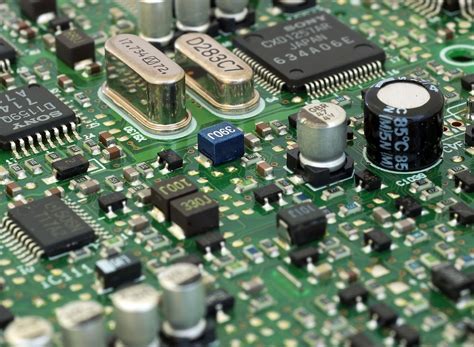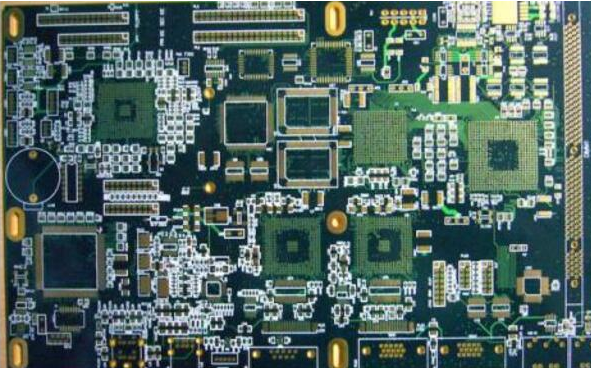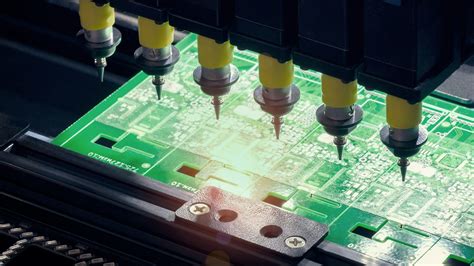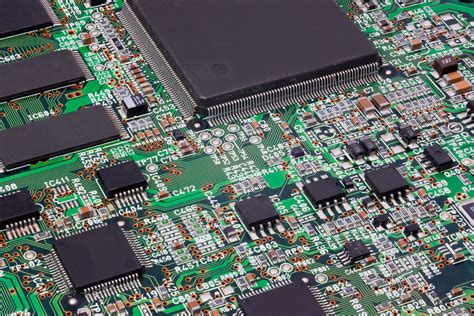Innovative Approaches to Small Batch PCB Assembly Excellence

Key Takeaways
In the realm of small batch PCB assembly, understanding the nuances involved can significantly impact the efficiency and quality of production. A focused approach to PCBA can lead to optimized processes, which directly contributes to better resource management and cost-effectiveness. Companies engaging in small batch PCB production often encounter unique challenges that require tailored solutions, emphasizing the need for adaptability in their methods.
One notable best practice involves integrating technological innovations into the assembly process. Innovations such as automated soldering, advanced quality monitoring systems, and modular production setups can streamline operations, minimize errors, and enhance overall productivity.
Still, achieving excellence in PCB assembly necessitates meticulous attention to quality control. Implementing robust testing protocols and utilizing advanced inspection technologies helps ensure that each batch meets stringent quality standards.
Tailored solutions also emerge as a crucial strategy for addressing diverse industry needs. For instance, sectors such as automotive, healthcare, and consumer electronics present varied requirements for functionality and durability in PCBA projects. By focusing on these distinctions and employing feedback-driven enhancements in their methodologies, companies can drive remarkable improvements in customer satisfaction.
Below is a summary table illustrating key components for success in small batch PCB assembly:
| Component | Best Practice | Benefits |
|---|---|---|
| Understanding Requirements | Conduct detailed initial assessments | Tailored approaches for optimal outcomes |
| Technological Integration | Adopt latest technologies | Improved efficiency and accuracy |
| Quality Assurance | Implement rigorous testing protocols | Enhanced reliability of products |
| Flexible Manufacturing | Use modular setups | Better adaptability to changes |
These key takeaways underscore that by focusing on these primary areas—technological advancement, quality control, understanding industry requirements—companies can navigate the complexities of small batch PCB assembly while maintaining excellence across their projects.
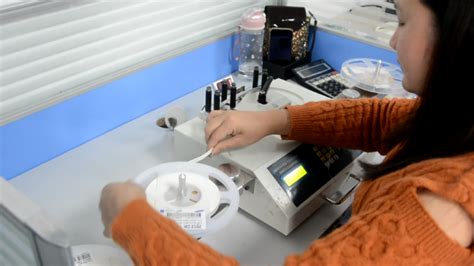
Understanding Small Batch PCB Assembly: An Overview
Small batch PCB assembly (PCBA) has emerged as a critical solution for various industries seeking to produce high-quality electronic products without committing to large-scale production. Unlike traditional manufacturing methods, which often prioritize volume, small batch PCB assembly focuses on flexibility and customization. This approach allows businesses to cater to specific client requirements, ensuring that the end products meet diverse quality and functionality standards. In doing so, companies can leverage advanced techniques that improve accuracy and reduce lead times.
The demand for smaller quantities of tailored solutions has led to increased innovation in processes and techniques within the industry. For instance, the implementation of modular assembly systems allows for more seamless transitions between different projects, while automated equipment significantly enhances efficiency by reducing manual errors during production stages. As a result, firms that specialize in small batch PCB assembly not only benefit from faster turnaround times but also lower overall costs due to less waste and improved resource allocation.
"Embracing flexibility in production can lead to remarkable improvements in overall efficiency," a recent industry report highlights.
By implementing best practices such as lean manufacturing principles and maintaining rigorous quality control measures throughout the PCBA process, businesses can achieve operational excellence. This focus on quality ensures that each batch not only meets but often exceeds client expectations—creating lasting partnerships and fostering innovation across various sectors where electronic components play a pivotal role.
Best Practices for Efficient Small Batch PCB Production
Efficient small batch PCB assembly requires a combination of strategic planning, advanced technology, and skilled labor. One of the essential best practices is to establish a clear workflow that minimizes waste and maximizes productivity. Implementing lean manufacturing principles can significantly enhance efficiency by identifying and eliminating non-value-added activities within the pcba process. Additionally, using automated assembly equipment can accelerate production timelines while maintaining precision and quality.
Another effective approach is to use design for manufacturability (DFM) techniques, which ensure that each pcb assembly is optimized for efficient production processes. Collaboration with design engineers during the early stages of development can result in simpler designs that are easier to assemble, reducing the potential for errors and improving overall turnaround times. Furthermore, adopting modular strategies allows for flexibility in production, catering to specific customer requirements without compromising quality.
Regular training and upskilling of the workforce also play a critical role in ensuring excellence in small batch PCB assembly. Keeping employees updated on the latest industry trends and technologies can lead to improved techniques and better problem-solving skills in complex assembly environments. By embracing these best practices, organizations can achieve significant improvements in their small batch pcba operations while consistently delivering high-quality products tailored to diverse industry needs.
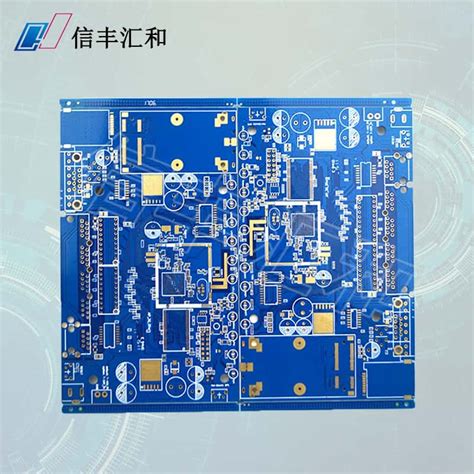
Technological Innovations Transforming Small Batch Assembly
The landscape of small batch PCB assembly (PCBA) has been revolutionized by recent technological innovations that enhance both efficiency and quality. Advanced automation technologies, such as robotic pick-and-place systems, allow for precise component placement, significantly reducing the risk of human error. Furthermore, the integration of smart software solutions—incorporating machine learning and artificial intelligence—enables real-time monitoring and optimization of production processes. These methods can efficiently handle diverse project requirements, catering to multiple industries that demand tailored approaches in their PCB designs. 3D printing technology is also emerging as a game changer in this realm, facilitating rapid prototyping and reducing lead times for small runs. The adoption of cloud-based platforms for managing the entire assembly workflow promotes seamless communication between manufacturers and clients, ensuring that changes can be made swiftly without disrupting production schedules. Overall, these innovations create a robust foundation for achieving excellence in small batch PCB assembly, driving productivity while maintaining high standards of quality control.
Tailored Solutions for Diverse Industry Needs in PCB Assembly
In the realm of small batch PCB assembly, the need for tailored solutions has never been more critical. As industries evolve, the demand for PCB assembly services that can cater specifically to unique requirements has surged. Each sector, from healthcare to consumer electronics, has distinct challenges that necessitate flexibility and innovation in PCBA processes. By embracing cutting-edge technologies and methodologies, manufacturers can deliver solutions that not only meet but exceed customer expectations. For instance, utilizing advanced automation techniques allows for enhanced precision and efficiency in production, especially when dealing with complex designs that are typical in small batch runs. Furthermore, collaboration with clients to understand their specific needs fosters a more customized approach to assembly services, ensuring that every product is optimized for its intended purpose. Ultimately, adopting these tailored strategies not only improves production outcomes but also strengthens partnerships across various industries, paving the way for shared growth and success within the competitive landscape of PCB assembly.
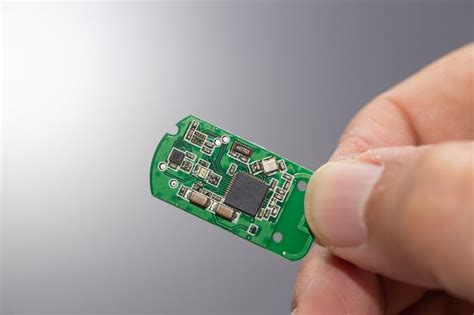
Quality Control in Small Batch PCB Assembly: Ensuring Excellence
Achieving excellence in small batch PCB assembly (PCBA) hinges significantly on rigorous quality control processes that minimize defects and ensure reliability. A critical first step in this process is the establishment of stringent quality assurance protocols that incorporate both preventive and corrective measures. This dynamic approach enables teams to identify potential issues early in the production cycle, reducing the likelihood of costly rework later on.
Utilizing advanced inspection technologies such as automated optical inspection (AOI) and X-ray analysis can significantly enhance quality control efforts, allowing for thorough examination of solder joints and component placements. Additionally, integrating data analytics into the assembly process can provide insights into performance metrics and assist teams in making informed adjustments on-the-fly. Ensuring proper training for staff also plays a pivotal role; a well-informed workforce is better equipped to maintain high standards of quality throughout the PCB assembly process.
Emphasizing continuous improvement through regular reviews and updates to quality protocols ensures that processes remain effective and responsive to new challenges. Furthermore, fostering a culture of accountability within teams reinforces commitment to quality standards, resulting in a final product that meets or exceeds customer expectations. By adopting these essential practices, organizations can bolster their efforts in achieving excellence in small batch PCBA, leading to enhanced satisfaction among clients across various industries.
Streamlining Workflow: Strategies for Improved Efficiency
Achieving efficiency in small batch PCB assembly (PCBA) is crucial for businesses aiming to respond swiftly to market demands while maintaining high-quality standards. One effective strategy involves the integration of automated systems that can enhance productivity by reducing manual errors and streamlining repetitive tasks. By embracing such technologies, companies can not only shorten lead times but also allocate human resources to more complex challenges that require critical thinking. Additionally, establishing a lean manufacturing approach aids in identifying and eliminating waste throughout the PCBA process. This includes optimizing layout designs, minimizing component handling, and establishing clear communication channels among team members. Adopting a culture of continuous improvement through regular feedback loops can further empower teams to refine processes incrementally. By fostering collaboration between engineering design and production teams, organizations can ensure a smoother transition from prototype to production run, thereby enhancing overall workflow efficiency in small batch PCB assembly.

The Future of Small Batch PCB Assembly: Trends and Predictions
As we look ahead, the future of small batch PCB assembly (or PCBA) is being shaped by a multitude of trends that promise to enhance efficiency and drive innovation. One noteworthy direction is the increasing adoption of automation technologies, which are revolutionizing the pcb assembly process. These advancements allow for greater precision and speed in production while reducing human error. Moreover, the integration of smart manufacturing practices is facilitating real-time monitoring and analytics, enabling manufacturers to make data-driven decisions that improve overall workflow efficiency.
Another trend on the rise is customization. In an era where diverse industry needs are paramount, companies are shifting towards more tailored solutions within pcb assembly. By leveraging modular designs and flexible production processes, manufacturers can swiftly adapt their services to meet specific project requirements, catering to unique market demands without compromising quality.
Sustainability is also becoming a focal point in future strategies. As environmental concerns grow, many organizations are exploring eco-friendly materials and processes that minimize waste throughout the PCBA lifecycle. This not only aligns with global sustainability goals but also appeals to a more conscience-driven consumer base.
In essence, as trends such as automation, customization, and sustainability continue to evolve within small batch PCB assembly, they promise to redefine excellence in the industry. Companies that embrace these changes will likely find themselves at a competitive advantage—capitalizing on technological innovations while addressing the complexities of modern manufacturing demands. The landscape for small batch PCBA is set for significant transformation, making it essential for stakeholders to remain agile and responsive to these emerging trends.
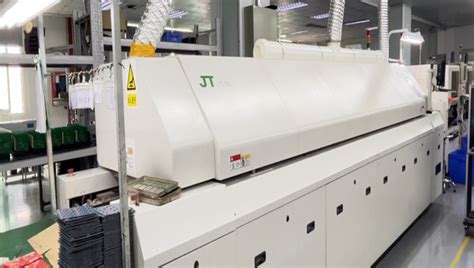
Case Studies: Successful Small Batch PCB Projects
Examining real-world implementations of small batch PCB assembly (PCBA) provides invaluable insights into enhancing the efficiency and effectiveness of these production processes. For instance, a leading telecommunications company recently adopted a tailored approach to its pcb assembly needs by collaborating with a specialized manufacturer. This partnership focused on developing custom solutions that catered specifically to the company’s unique product requirements, resulting in reduced lead times and improved product quality. Another noteworthy example is from an innovative startup in the medical device sector, which utilized advanced technology in its pcba processes. By integrating automation with traditional assembly methods, they increased their output while maintaining high standards of quality and precision. These case studies illustrate that by leveraging technological advancements and emphasizing collaboration, businesses can achieve remarkable success in the small batch PCB assembly landscape. Such strategies not only optimize production but also align with the diverse needs of various industries, delivering exceptional results that drive growth and innovation.
Conclusion
In summary, achieving excellence in small batch PCB assembly requires a multifaceted approach that incorporates best practices, innovative technologies, and an understanding of industry-specific needs. As the landscape of pcba continues to evolve, embracing cutting-edge techniques such as automation and enhanced quality control measures will play a crucial role in streamlining production processes. Companies that invest in tailored solutions can better address unique challenges, resulting in improved efficiency and higher-quality outcomes. Furthermore, staying abreast of emerging trends will enable businesses to anticipate market shifts and adapt their strategies accordingly. The ongoing commitment to innovation will not only enhance operational efficiency but also facilitate superior product development in the dynamic realm of pcb assembly. As we look toward the future, it is clear that those who prioritize these approaches will position themselves for sustained success in an increasingly competitive environment.
FAQs
Q: What is small batch PCB assembly?
A: Small batch PCB assembly refers to the process of producing printed circuit boards (PCBs) in limited quantities. This method is particularly useful for startups and companies looking to prototype or test new products without committing to large-scale production.
Q: What are the advantages of small batch PCBA?
A: The primary advantages include flexibility, quicker turnaround times, and reduced costs associated with inventory management. Small batch PCBA allows companies to rapidly adjust their designs based on real-time feedback, leading to more innovative products.
Q: How does technology impact small batch PCB assembly?
A: Technological advancements, such as automation and precision placement machines, significantly enhance the efficiency and accuracy of PCB assembly processes. These innovations lead to improved quality control and enable manufacturers to meet diverse industry needs more effectively.
Q: Are tailored solutions necessary for different industries in PCB assembly?
A: Yes, tailored solutions are crucial as different industries have unique requirements that necessitate specific design and production approaches. Customizing PCBA processes ensures that industry standards for quality and reliability are met, which is essential for sectors like aerospace, medical devices, and consumer electronics.
Q: How can I ensure quality control in small batch PCB assembly?
A: Implementing strict quality control measures at every stage of the PCB assembly process is vital. This includes thorough inspections during manufacturing, functional testing of the assembled boards, and adhering to industry standards such as IPC-A-610 for reliability.

